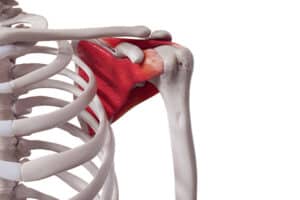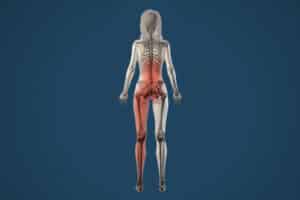Core Training To Reduce Back Pain
Back pain is one of the leading causes for lost work days. Approximately 80 percent of people will suffer from back pain at some point in their lives. You can stretch or perform strength exercises religiously, but if your core stability muscles are not working properly, your low back pain may persist or reoccur. Some lower back pain coping strategies that were commonly used in the past, such as using a back belt, are not the solution. Currently, people are encouraged to turn in their back belts for core stability exercises for treating or preventing lower back pain.
Core Training
Core training is a buzz phrase in the world of fitness and rehabilitation. Core training or core stability describes exercises that focus on improving the function of the muscles responsible for supporting the lower back and pelvis. The core stability muscles act like an internal back belt for the lower back and pelvis. They are muscles that play a role in creating stability at various joints throughout the body, not just the core. Lack of stability at a joint can result in pain and movement dysfunction. Core stability exercises are commonly prescribed to people who have disc problems (disc bulges or herniations), lower back pain, a weak back, sacro-iliac joint problems or pelvis instability.
Learning How To Contract Core Muscles
Learning how to properly train core stability muscles is not a task that can be done by using a weight machine in the gym. A Physiotherapist or Kinesiologist can teach you how to train your core muscles. Core stabilization is not achieved solely by using a rehab ball or a balance board. In fact, having this equipment available is not crucial to performing core exercises. One needs to be consciously contracting their core muscles in order to get the full benefits of using the ball or balance board as a piece of rehabilitation equipment. A Physiotherapist or Kinesiologist can show you how to use the rehabilitation equipment to perform core exercises.
Sports Advantage
From a sports perspective, adding core stability exercises to your routine would be beneficial, regardless of whether you suffer from low back pain. Properly trained stability muscles will make your movement more efficient. Your body will compensate for the lack of core stability by distributing stress on the muscles of the extremities. This scenario will set you up for an injury with repetitive movements that occur when playing a sport or performing a physical job.
A healthy back begins with a well trained core.








